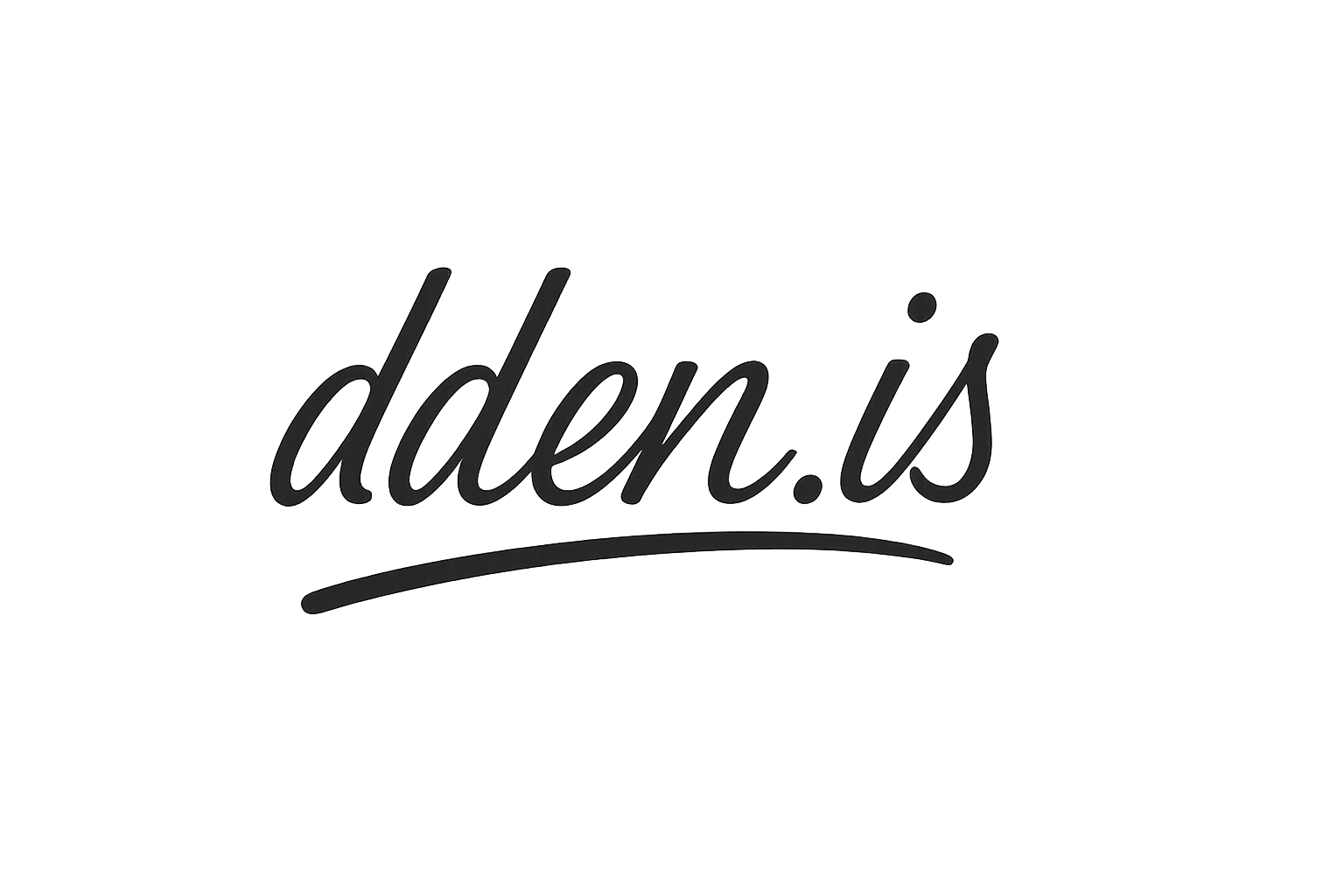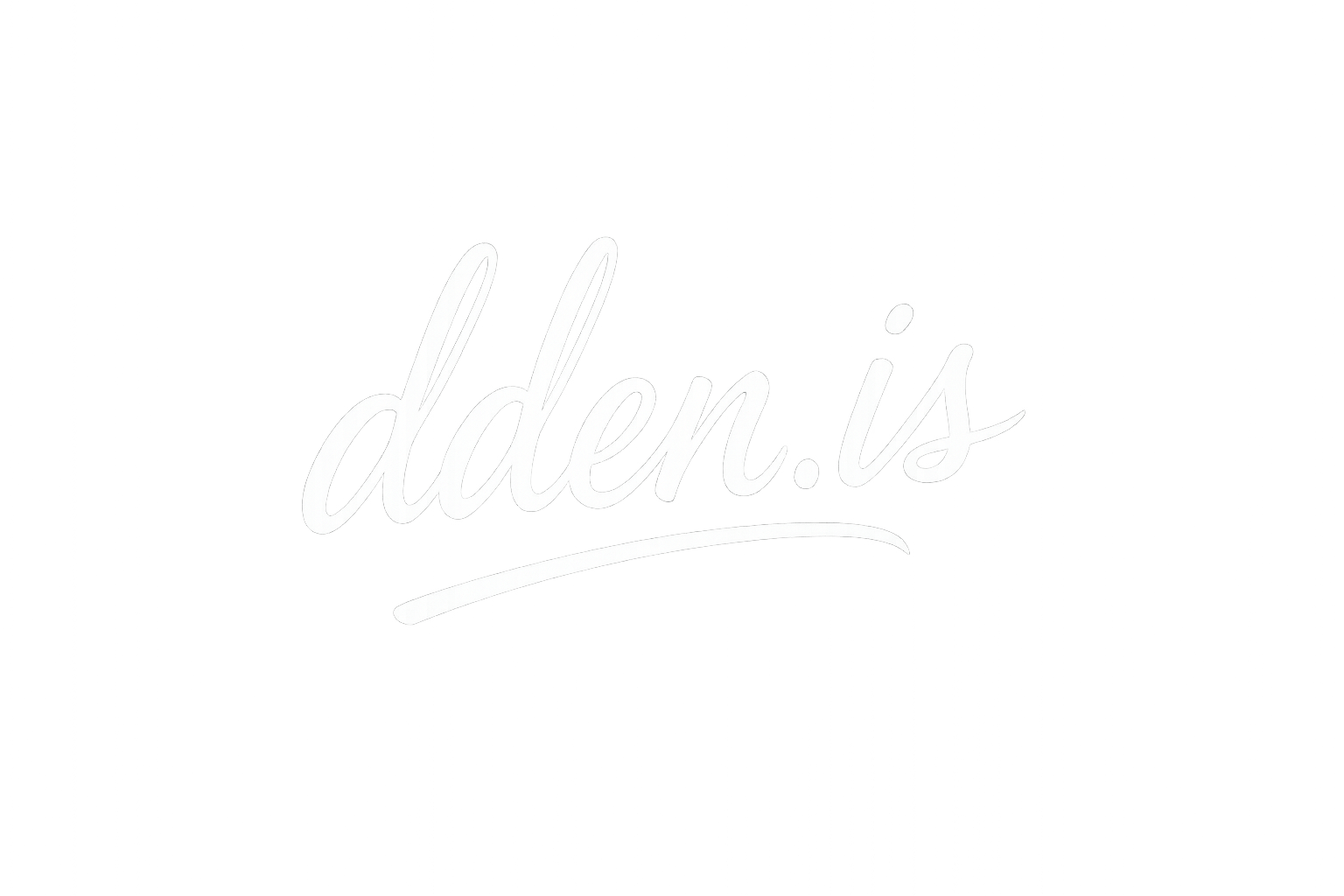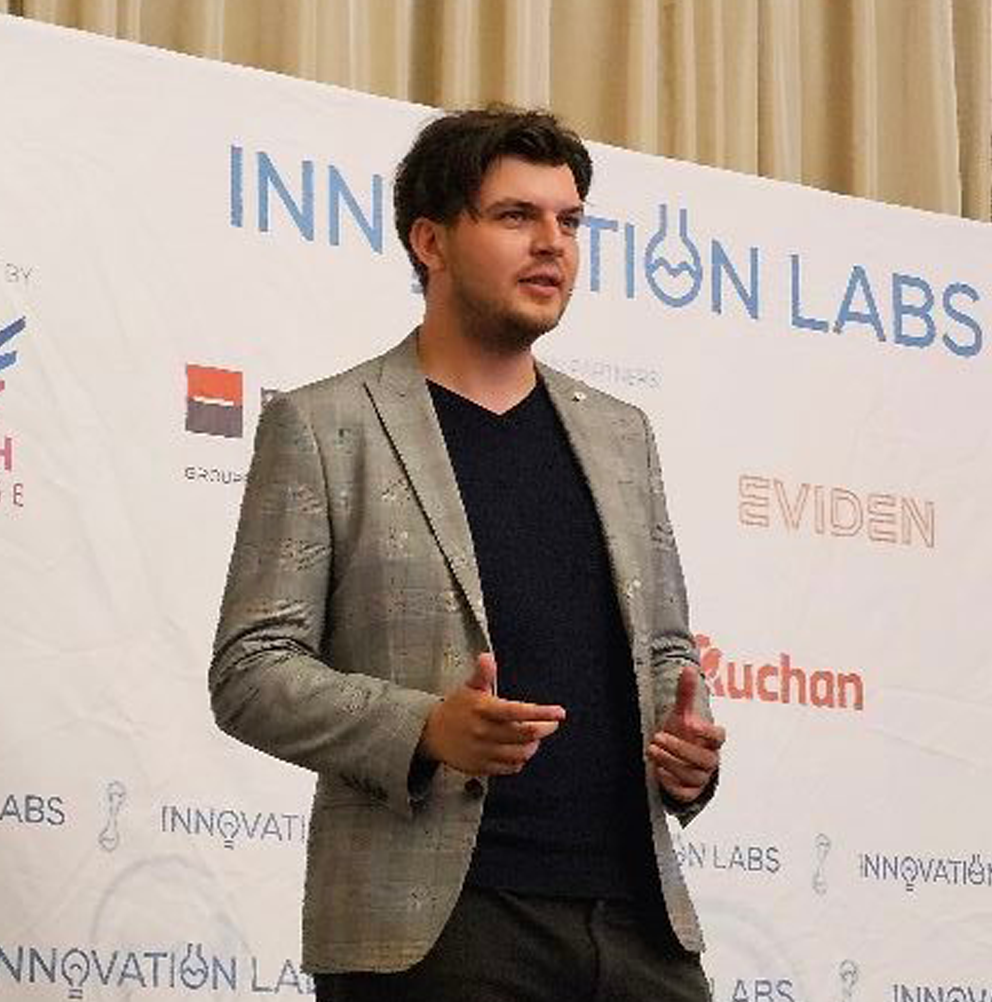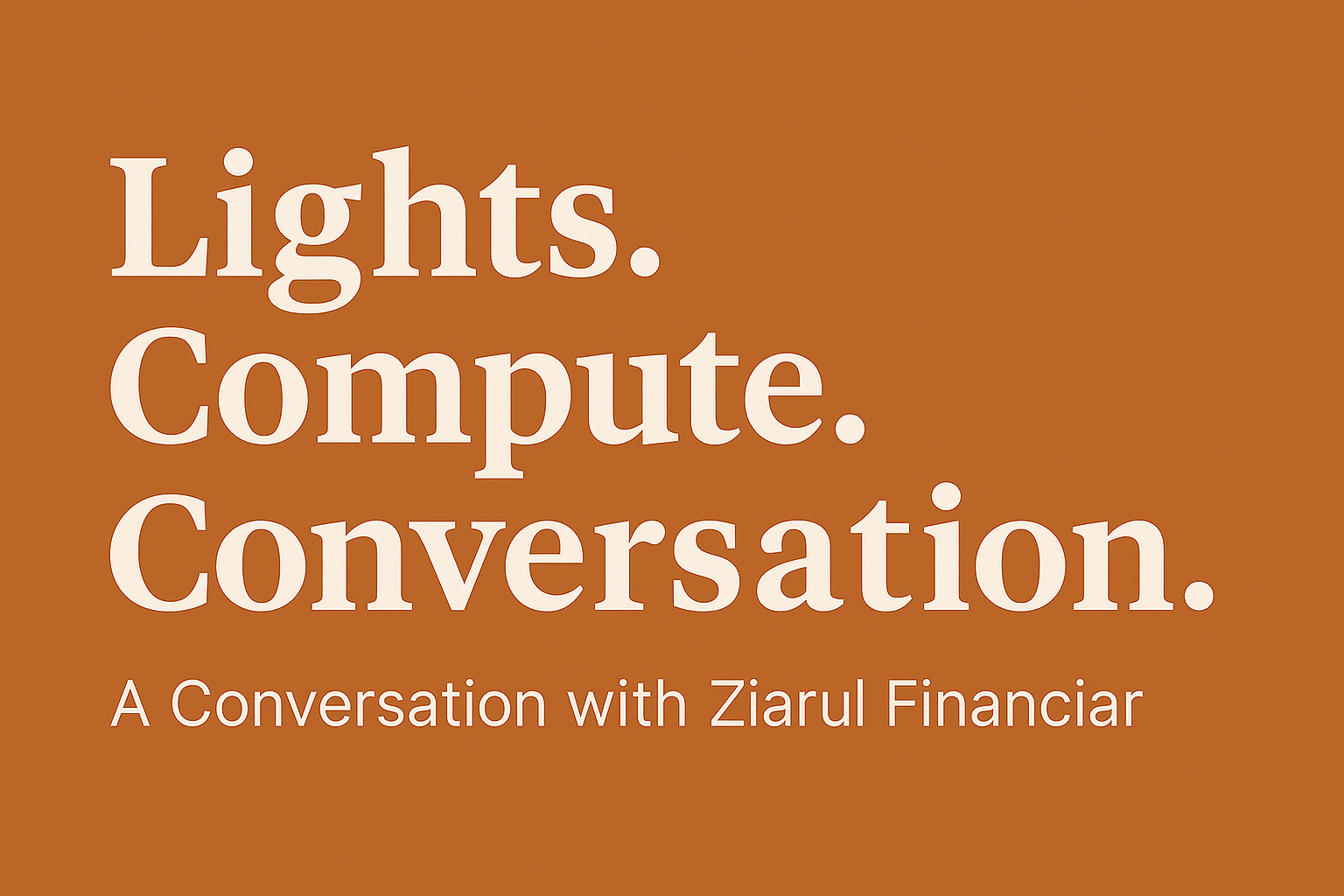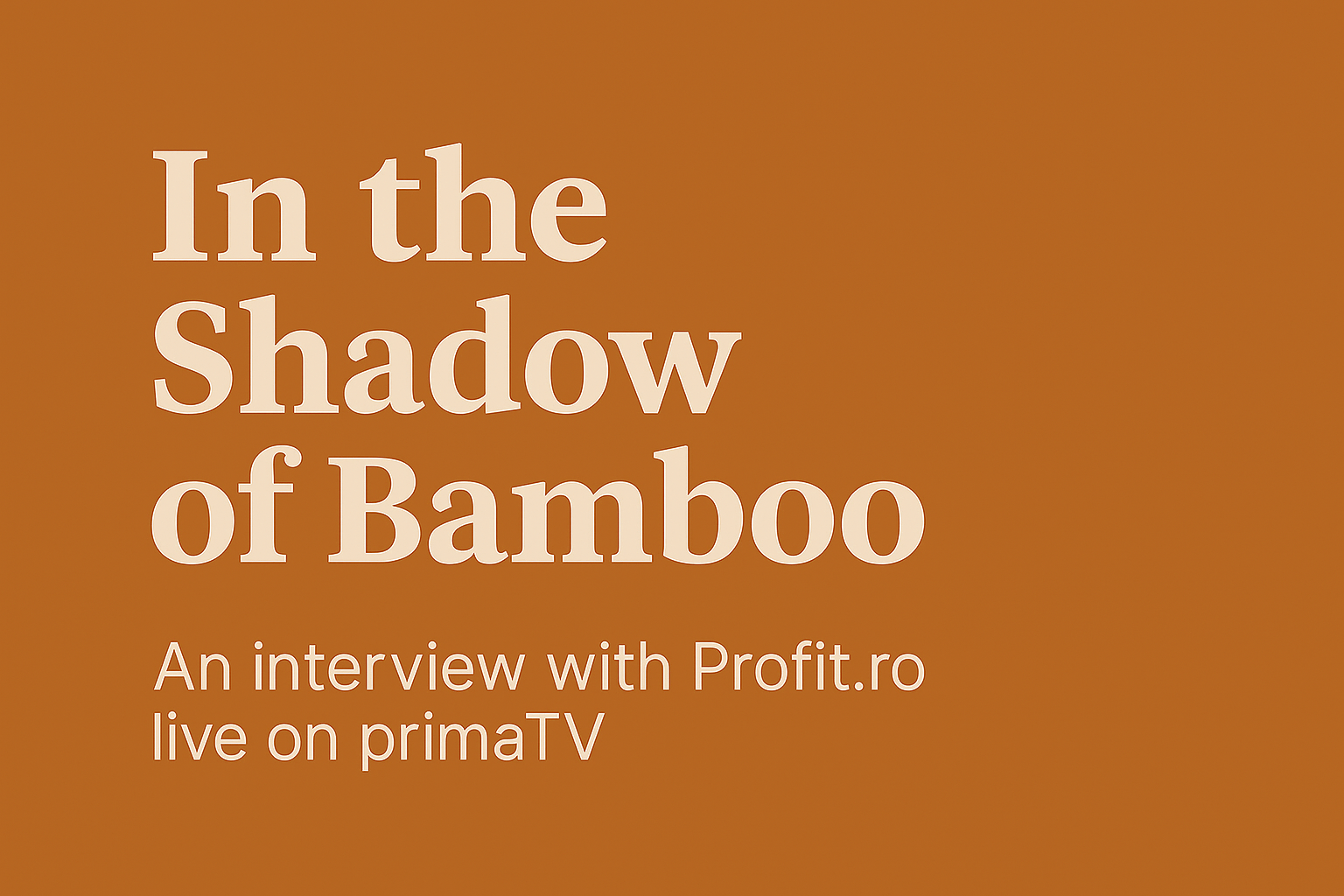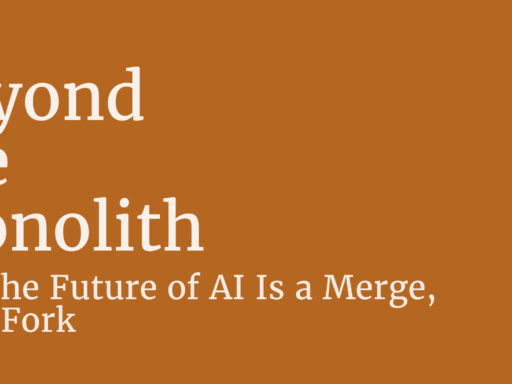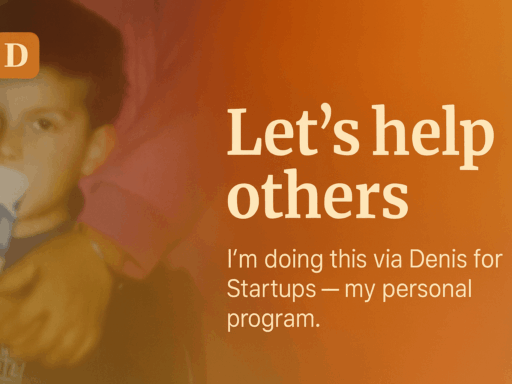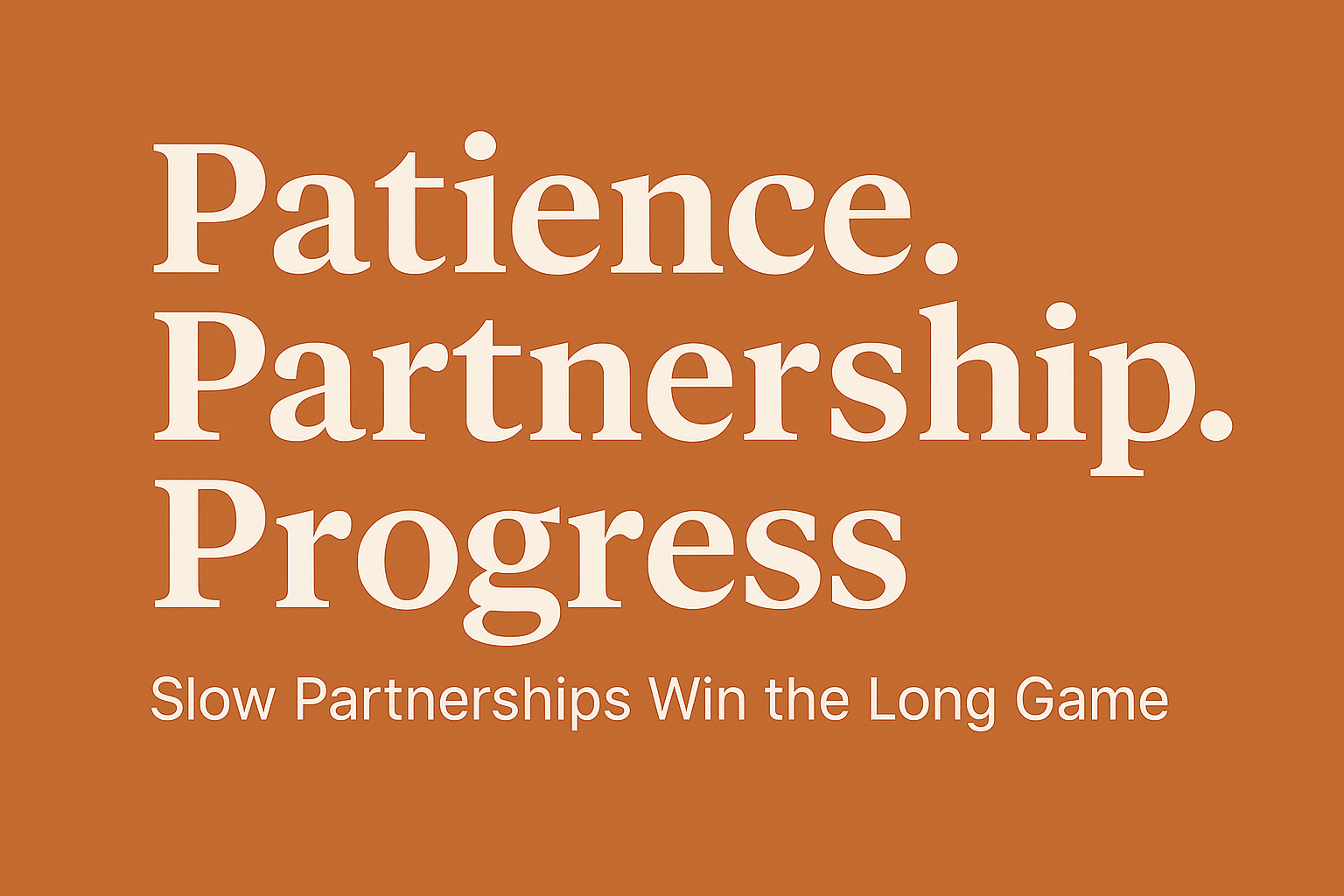
From Collision to Convergence
Opportunity rarely arrives with fireworks; more often it walks in carrying a briefcase and a cup of coffee.
Last December, Alin Tegzes and I sat across a table in Timișoara. I expected a routine legal consult. Instead, the conversation turned into a blueprint for the future of ShareAI. The moment felt less like due diligence and more like discovering a co-founder.
Why I Move Slowly When Stakes Are High
“Good relationships grow like strong trees—steady, patient, and rooted deeply.”
I’ve rushed into partnerships before and quickly learned that fast doesn’t always mean better. Over time, I’ve adopted a simpler, steadier way of building connections. Here’s how I approach it:
- We’re Humans First
Before being partners, we’re just people. It’s crucial to genuinely get to know someone—chatting about life, sharing meals, understanding their story. That tells me far more than any formal meeting ever could. - Values Matter More than Goals
Goals can shift, but values rarely do. I take time to see if our fundamental beliefs align—honesty, transparency, respect. Those shared values become the anchor when things get tough. - Hidden Costs of the Wrong Partner
A rushed partnership might save a day now but can cost years later. Trust, motivation, and peace of mind aren’t easily replaced. Moving slowly ensures I don’t risk these precious resources.
Taking things slow isn’t hesitation—it’s intentional. Good things take time, and relationships built slowly become the strongest foundations.
How I Bring New Partners On Board
“Partnership is a journey, not a transaction.”
Building on that slow-grown trust, here’s the simple path I follow—no jargon, just steps anyone can try:
- Casual Connection
- What it looks like: Coffee, a walk, or a relaxed video call—no slides, no agenda.
- Why it matters: You see who they really are when they’re not “pitching.”
- Values Check-In
- What it looks like: Two quick questions:
- “What would you never do, even if the payoff was huge?”
- “Which promise can’t be broken, no matter what?”
- Why it matters: If your answers sit side by side, you’ve found a shared compass.
- What it looks like: Two quick questions:
- Tiny Trial Project
- What it looks like: A short task—a draft section of a document, a joint blog outline, or a small brainstorming session.
- Why it matters: Real work exposes habits and communication styles faster than any personality quiz.
- Honest Debrief
- What it looks like: A quick chat about what felt smooth and what felt rough.
- Why it matters: Early feedback surfaces misalignments before you’ve invested too much time or heart.
Simple Red Flags to Watch For
- Too Eager to Rush: Skipping step 1 or 2 usually means they’ll skip tough conversations later.
- Vague on Details: If they dodge specifics about past projects or lessons learned, trust can’t grow.
- Blame in Their Back Pocket: “It wasn’t me” becomes a habit—watch for who owns mistakes.
Behind the Scenes: Building Tomorrow, Today
This public announcement you just read took an hour to draft; the relationship behind it took months to earn. Fast headlines look good on timelines, but sustainable progress is stitched with patient thread.
This shot of Alin and me from last December captures the start of something big.
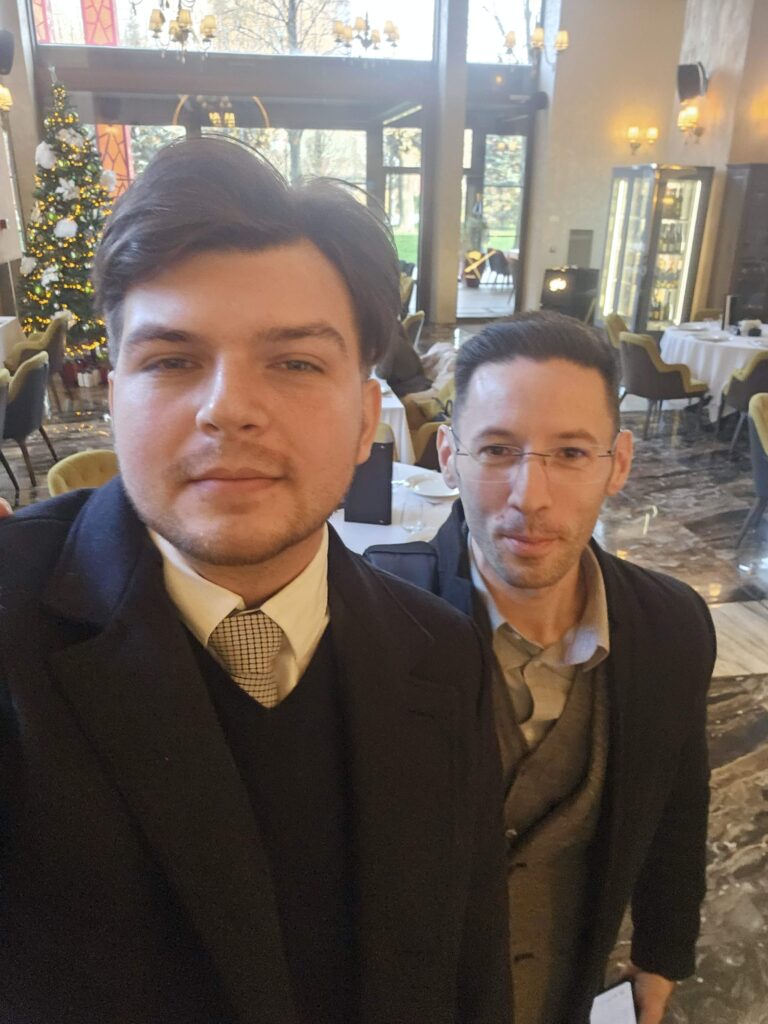
I’ll outline the entire decision matrix—templates, questions, and pitfalls—in an upcoming deep-dive. Until then, remember:
“Every strong future starts with a patient today.”
